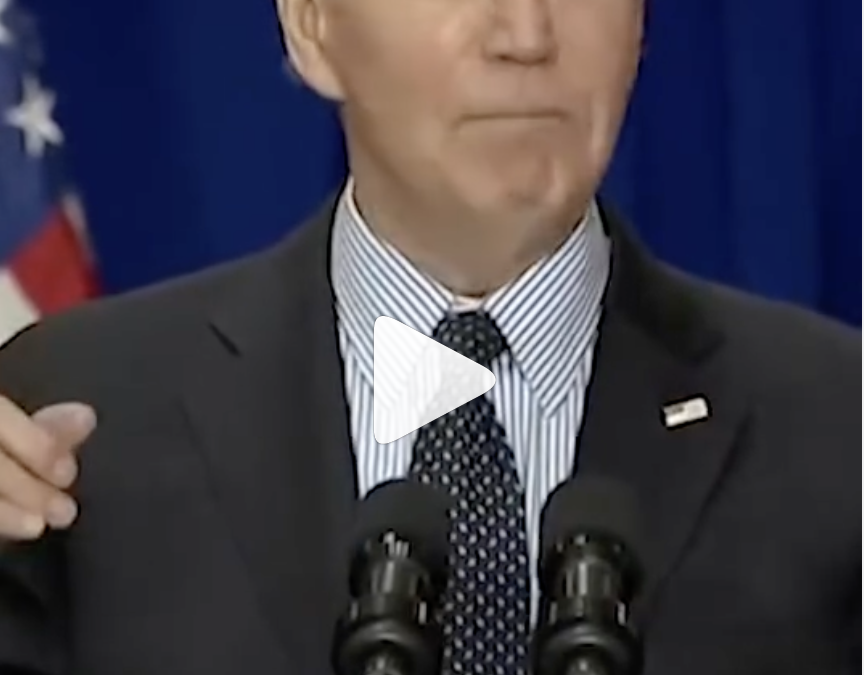
A US World War II veteran arrives for President Trump's speech at the U.S.S. Battleship North Carolina in Wilmington in September. Seventy-five years after the war, some say there are similarities between the fabled 'Greatest Children' and those kids growing up amid a worldwide pandemic and recession today. (Photo by Peter Zay/Anadolu Agency via Getty Images)
Their lives are upended by coronavirus. But the fabled ‘Greatest Generation’ paced the world after surviving pandemic and recession too.
We would do well to recall the last group of kids to grow up during a global pandemic and economic hardship. They became known as “The Greatest Generation.”
Indeed, when I taught my students about World War II, we learned how kids their age supported the war effort by rationing supplies, growing victory gardens, and raising money for bonds.
These days, they have more in common with those kids than they’d ever imagined. School on a screen, skipping playdates and forgoing organized sports is this generation’s sacrifice.
If character is what one chooses to do when nobody is watching, many students have risen to the occasion.
And with the development of vaccines, they might soon return to the childhood they’ve missed.
Still A Ways To Go
But it will still be months before we reach levels of herd immunity that will empower a safe resumption of activities gathering with others. In the meantime, there’s still time for adults to model behavior that respects public health guidance. Still time for them to redeem themselves to the children who are watching.
Unfortunately it appears that being required to return to school during the pandemic to take a standardized test will be one of the memories they carry with them.
We all worry about how this experience will affect and shape this generation of kids. We obsess over the potential scars.
But students don’t get enough credit for the tenacity they’ve demonstrated.
When it’s apparently too hard for adults to follow the 3Ws – wash hands, wear a mask, wait 6 feet apart – children and teens are called on to show more maturity developing and demonstrating key soft skills with 3Ss – structure, self-advocacy and sacrifice.
Structure
Students are used to the Pavlonian structure of a typical school day, moving from one space to another at the sound of a bell. When schools shifted onto screens, that academic circadian rhythm was disrupted.
This disruption created a perception that students are not motivated without the physical transitions from home to school, class to class, then school to home. Students have been conditioned to rely so heavily on external factors to guide the structure of their day. When a pandemic removes previous forces, new structures must take their place.
Structure offers predictability and as we discuss in the personal finance segment of the course I teach, if you can predict it, you can plan for it. In the background of students’ videos I’ve noticed calendars and schedules they’ve created for themselves.
Creating and adhering to plans holds a new level of urgency for students and should for adults as well. Straying from plans (in as much as they were created in the first place) and self-proclaimed exceptions is what put our country so far behind on its coronavirus response in 2020.
The extent to which students succeed today is a kind of self-discipline we have not expected of our kids.
My students have four different times throughout the day to log on to their classes. In their recreated structure, school bells have been replaced by phone ringtones cuing the next class (I hope the one for mine is wind-chimes rather than a siren).
My kindergartener and third grader don’t have phones but they know where the clocks are in the house and they’ve learned to tell time and the importance of showing up on time. After having a tooth removed over the winter break, my son transferred this skill. He began reminding me if we were two minutes late with his next dose of pain reliever.
If I tell my daughter I’ll do something in ten minutes, I can no longer rely on her once vague concept of time to buy me grace to make it fifteen instead. It seems I’ve had to improve on adjusting to new structures too.
Self-advocacy
Supporting students’ development of self-advocacy skills has always been key in the fifteen years I’ve taught middle and high school. This skill has been amplified in an online environment where teachers do not have our usual tools to notice if students need help.
In the classroom I can tell if a student needs help even if they don’t ask for it by looking over their shoulder and noting their progress and accuracy on an activity. I can tell from the look on their face if they’re a bit lost. If a student tells me they understand, I can tell if they’re fibbing from the tone of their voice. With a screen of icons and a chat box during class sessions, my bag of tricks has been disrupted.
There is no question that students and teachers engaging in a physical classroom is the best learning environment. But during a pandemic, we need to double down on, students’ self-advocacy skills.
Students have learned to be more proactive and less reactive. When there’s less face-to-face time with teachers and you can’t just swing by at lunch for clarification or pop in to ask one last question before boarding the bus, students have learned to speak up with questions more rapidly knowing that opportunities are more limited to receive a real-time answer.
Asking for help or clarification can make anyone self-conscious with vulnerability. This is especially true for adolescents. Students have transitioned to embrace self-advocacy not as a weakness, but as a sign of humility and investing in their success.
Sacrifice
Instead of rallying together like the Three Musketeers ( “All for one and one for all,” right?), our country more closely resembles the Three Blind Mice in its COVID response. Our kids have noticed.
Few things should be able to teach us about the interconnectedness of our communities and mutual well-being the way a virus can (or should).
Students understand the importance of cooperation as they enter into restrictive classrooms or log into school.
They’re reminded each day how we’ve failed to uphold the preamble of our Constitution by working together against a virus that has claimed over 347,000 American lives and left its mark on survivors.
Kids are sacrificing ideal educational environments and other aspects of typical childhood while government leaders like Sen. Phil Berger are hosting holiday parties. While some wave flags bearing the phrase “Don’t Tread on Me” health care workers beg communities to stop stepping on each other by disregarding public health guidance.
Kids are learning what it means to sacrifice. Why can’t so many of the adults they look up to do the same?
Politics

Op-ed: Michele Morrow poses a huge threat to NC public schools
Students with disabilities would particularly suffer if Michele Morrow were to become the state Superintendent of Public Instruction, Susan Book...

Biden makes 4 million more workers eligible for overtime pay
The Biden administration announced a new rule Tuesday to expand overtime pay for around 4 million lower-paid salaried employees nationwide. The...
Local News

VIDEO: It’s Time America Caught Up with the Rest of The World on Paid Leave
View this post on Instagram A post shared by Cardinal & Pine (@cardinalandpine) “In the United States of America, no one—no...

VIDEO: Senate Republicans Block Bill to Extend Child Tax Credit
View this post on Instagram A post shared by Cardinal & Pine (@cardinalandpine) Monday was tax day, and Senate Republicans are...




